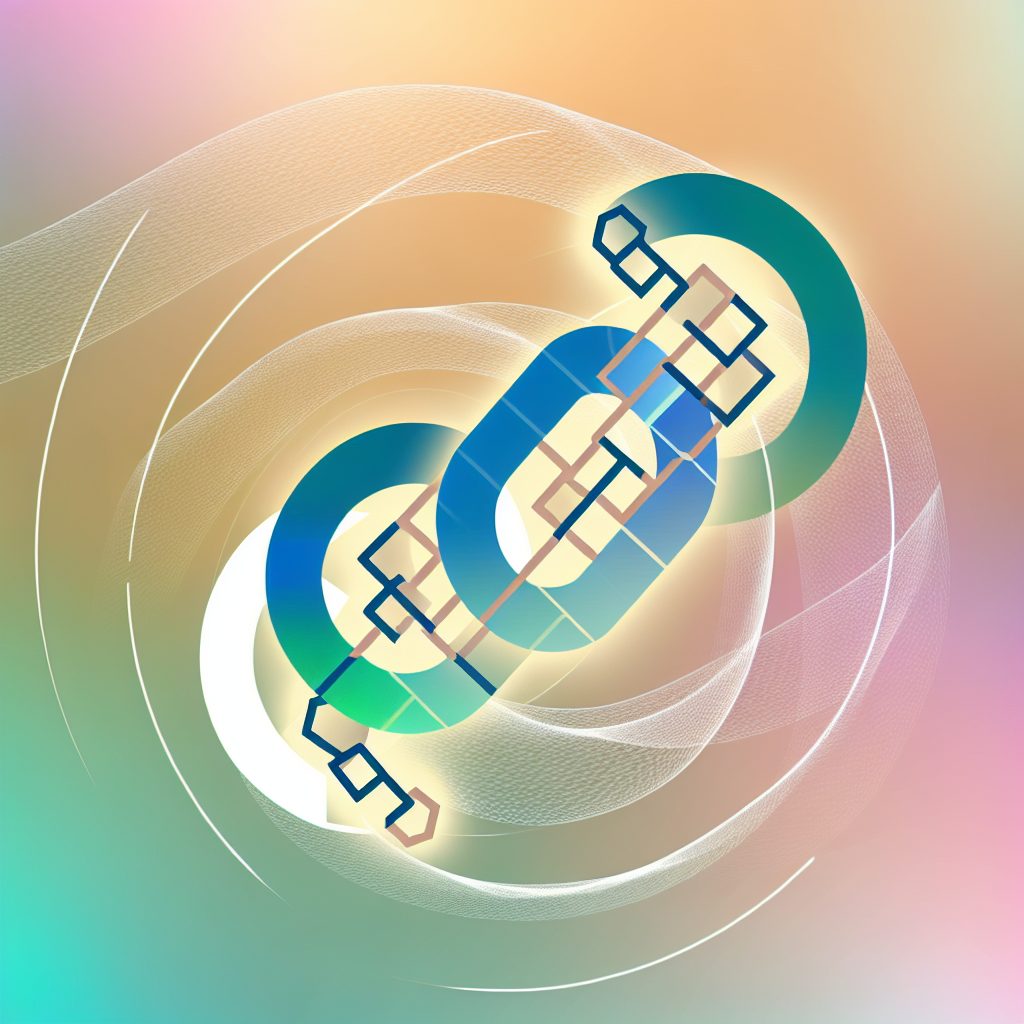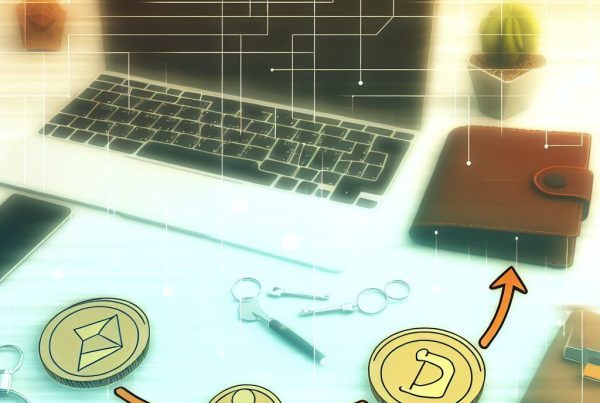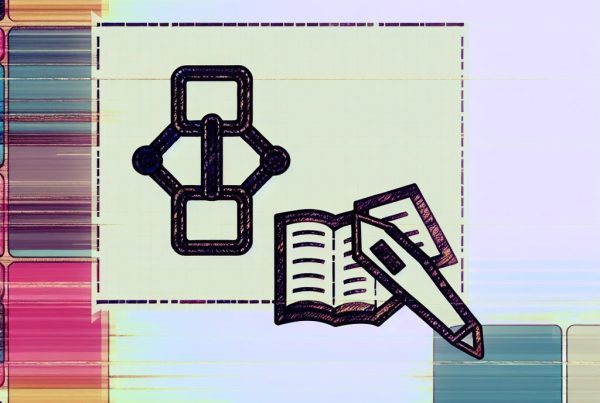What Is a Blockchain Rollup?
In the rapidly evolving world of cryptocurrency, scalability remains a critical challenge. As blockchain networks grow, the demand for faster and more efficient transaction processing increases. This is where blockchain rollups come into play. Rollups are innovative solutions designed to enhance the scalability of blockchain networks while maintaining security and decentralization. In this article, we will delve into the intricacies of blockchain rollups, their types, benefits, and real-world applications.
Understanding Blockchain Rollups
At its core, a blockchain rollup is a layer 2 scaling solution that processes transactions outside the main blockchain (layer 1) while still relying on its security. By bundling multiple transactions into a single batch, rollups significantly reduce the load on the main chain, allowing for faster and cheaper transactions.
Rollups achieve this by executing transactions off-chain and then posting the results back to the main chain. This method not only alleviates congestion but also enhances the overall throughput of the network. There are two primary types of rollups: Optimistic Rollups and ZK-Rollups.
Types of Blockchain Rollups
1. Optimistic Rollups
Optimistic rollups operate on the assumption that transactions are valid by default. They do not immediately verify the correctness of transactions but instead allow them to be processed quickly. If a transaction is later found to be fraudulent, it can be challenged within a specified period.
- Advantages: Faster transaction speeds and lower costs due to reduced verification overhead.
- Disadvantages: Potential for fraud, as invalid transactions can go unchecked for a time.
Examples of optimistic rollups include Optimism and Arbitrum, both of which have gained traction in the Ethereum ecosystem.
2. ZK-Rollups
ZK-rollups, or Zero-Knowledge Rollups, utilize cryptographic proofs to validate transactions. Unlike optimistic rollups, ZK-rollups verify the correctness of transactions before they are added to the main chain. This method enhances security and reduces the risk of fraud.

- Advantages: Higher security and faster finality since transactions are verified before being posted.
- Disadvantages: More complex technology and potentially higher computational costs.
Notable examples of ZK-rollups include zkSync and StarkWare, both of which are making strides in improving Ethereum’s scalability.
Benefits of Blockchain Rollups
Blockchain rollups offer several advantages that make them an attractive solution for scalability issues:
- Increased Throughput: By processing transactions off-chain, rollups can significantly increase the number of transactions per second (TPS) that a blockchain can handle.
- Lower Transaction Fees: With reduced congestion on the main chain, users can enjoy lower fees, making microtransactions more feasible.
- Enhanced User Experience: Faster transaction confirmations lead to a smoother experience for users, encouraging more participation in the network.
- Security: Rollups maintain the security of the underlying blockchain, ensuring that users’ funds remain safe.
Real-World Applications of Rollups
Blockchain rollups are not just theoretical concepts; they are being implemented in various real-world scenarios. Here are some notable applications:
1. Decentralized Finance (DeFi)
The DeFi sector has seen a surge in the adoption of rollups to enhance transaction speeds and reduce costs. Platforms like Uniswap and SushiSwap are exploring rollup solutions to improve their trading experiences.
2. Non-Fungible Tokens (NFTs)
NFT marketplaces are also leveraging rollups to handle the high volume of transactions associated with buying and selling digital assets. By using rollups, platforms can ensure that users can mint, buy, and sell NFTs without facing exorbitant gas fees.
3. Gaming
Blockchain gaming platforms are adopting rollups to facilitate seamless in-game transactions. Games like Axie Infinity are utilizing rollup technology to enhance user experience and reduce latency.
Challenges and Limitations of Rollups
While rollups present numerous benefits, they are not without challenges:
- Complexity: The technology behind rollups can be complex, making it difficult for developers to implement and maintain.
- Dependency on Layer 1: Rollups still rely on the security of the underlying blockchain, which can be a limitation if the main chain faces issues.
- Fraud Risk (for Optimistic Rollups): The potential for fraudulent transactions exists, as they are not immediately verified.
Future of Blockchain Rollups
The future of blockchain rollups looks promising as more projects explore their potential. As the demand for scalability continues to grow, rollups are likely to play a crucial role in the evolution of blockchain technology.
With advancements in cryptographic techniques and increased adoption of layer 2 solutions, we can expect to see more efficient and secure rollup implementations. Additionally, as more developers become familiar with rollup technology, we may witness innovative use cases that further enhance the capabilities of blockchain networks.
FAQs About Blockchain Rollups
What is the main purpose of blockchain rollups?
The primary purpose of blockchain rollups is to enhance the scalability of blockchain networks by processing transactions off-chain and reducing congestion on the main chain.
How do optimistic rollups differ from ZK-rollups?
Optimistic rollups assume transactions are valid by default and allow for challenges, while ZK-rollups use cryptographic proofs to verify transactions before they are added to the main chain.
Are rollups secure?
Yes, rollups maintain the security of the underlying blockchain. However, optimistic rollups carry a risk of fraud until transactions are challenged and verified.
Can rollups be used for any blockchain?
While rollups are primarily associated with Ethereum, they can be implemented on other blockchains that support smart contracts and layer 2 solutions.
What are some popular projects using rollups?
Notable projects utilizing rollups include Optimism, Arbitrum, zkSync, and StarkWare, among others.
Conclusion
Blockchain rollups represent a significant advancement in addressing the scalability challenges faced by blockchain networks. By enabling faster and cheaper transactions while maintaining security, rollups are paving the way for broader adoption of blockchain technology across various sectors, including DeFi, NFTs, and gaming.
As the cryptocurrency landscape continues to evolve, staying informed about innovations like rollups is essential for anyone interested in the future of digital finance. For the latest news and updates in the crypto space, consider visiting Bitrabo. You can also follow me on social media for more insights: X, Instagram, and Threads.
Disclaimer: This article is for informational purposes only and should not be considered financial advice. Always conduct your own research before making investment decisions.
The Crypto Watchlist of the Week 🔎
Subscribe to receive expert-curated projects with real potential—plus trends, risks, and insights that matter. Get handpicked crypto projects, deep analysis & market updates delivered to you.


